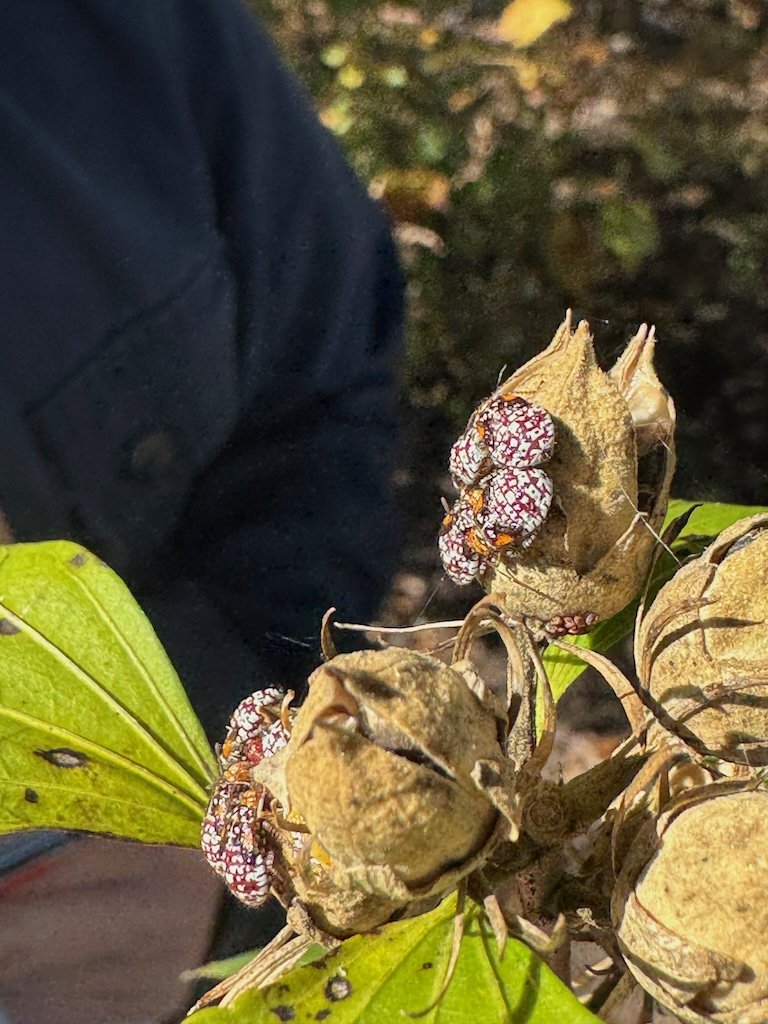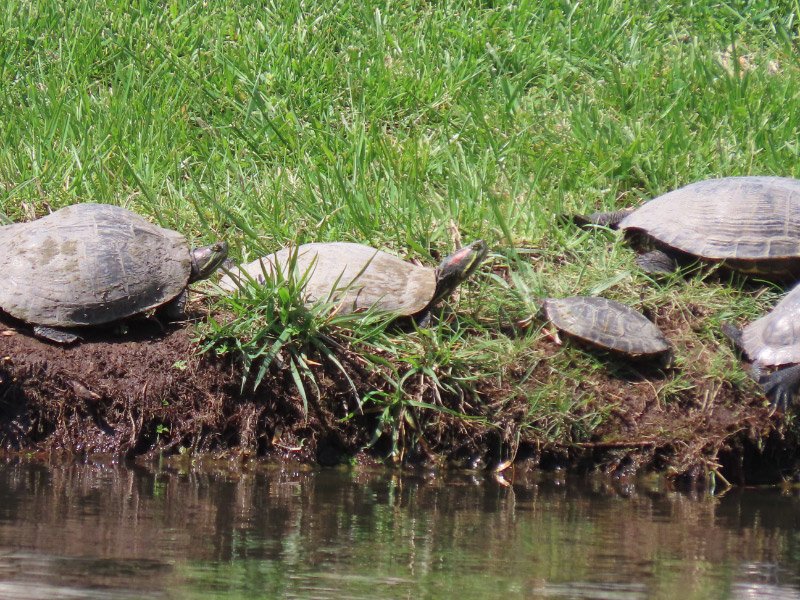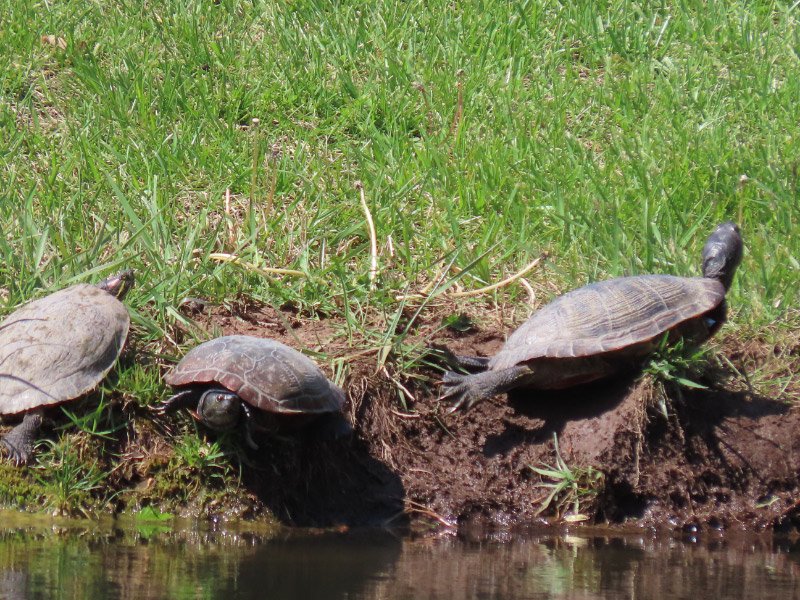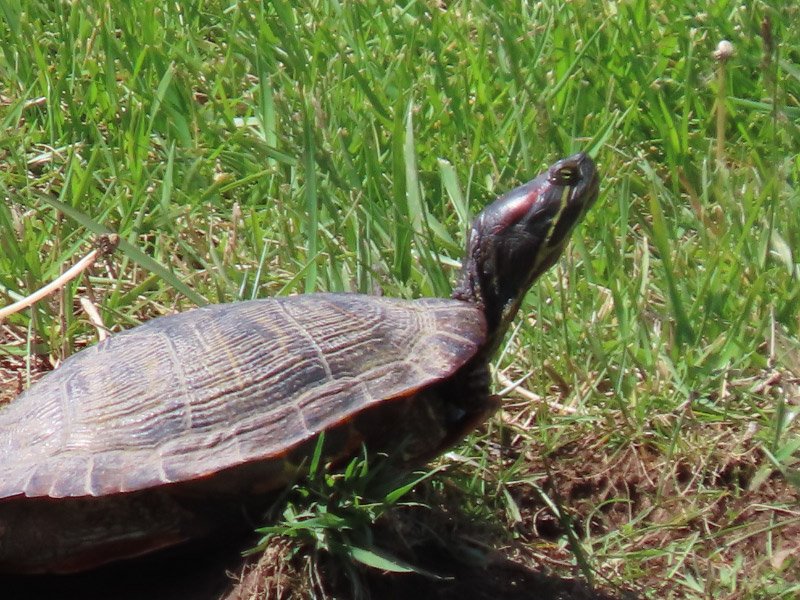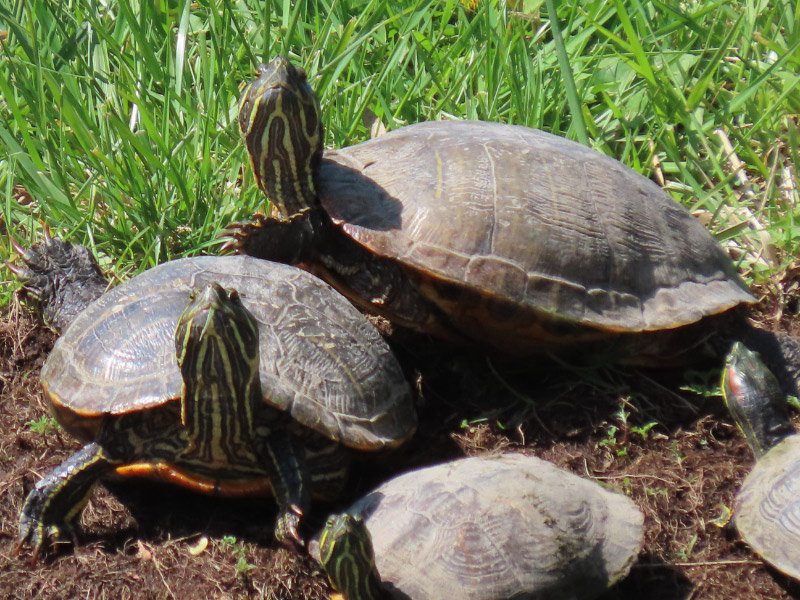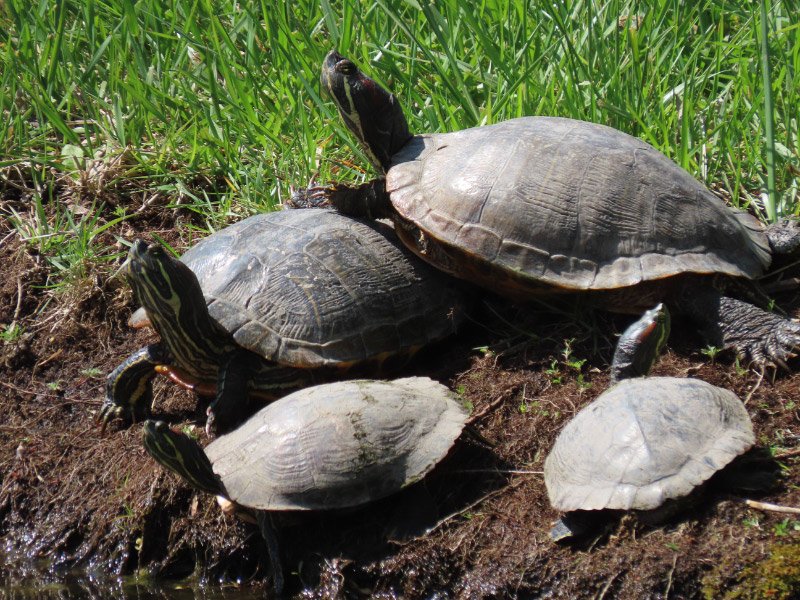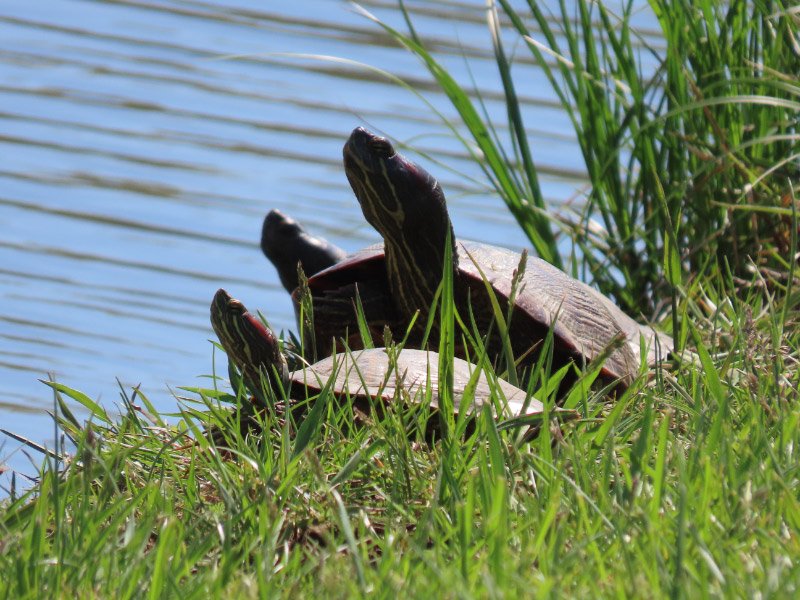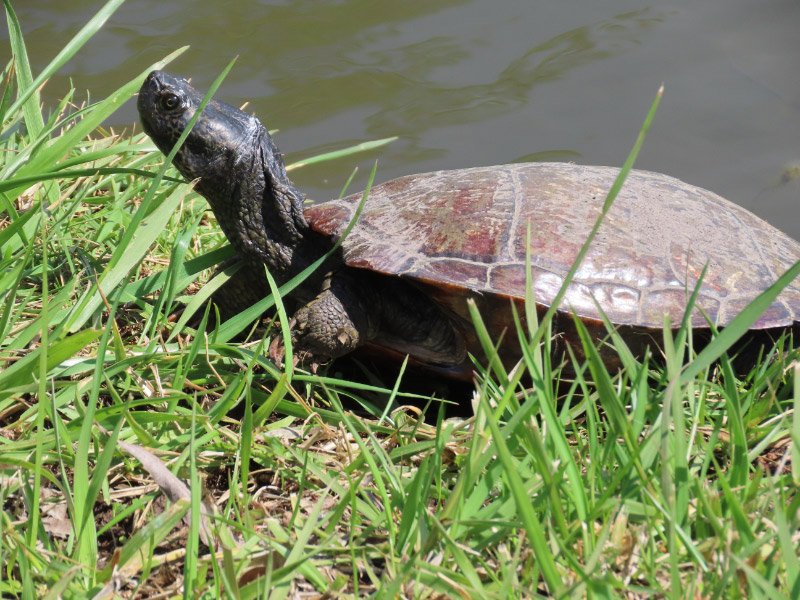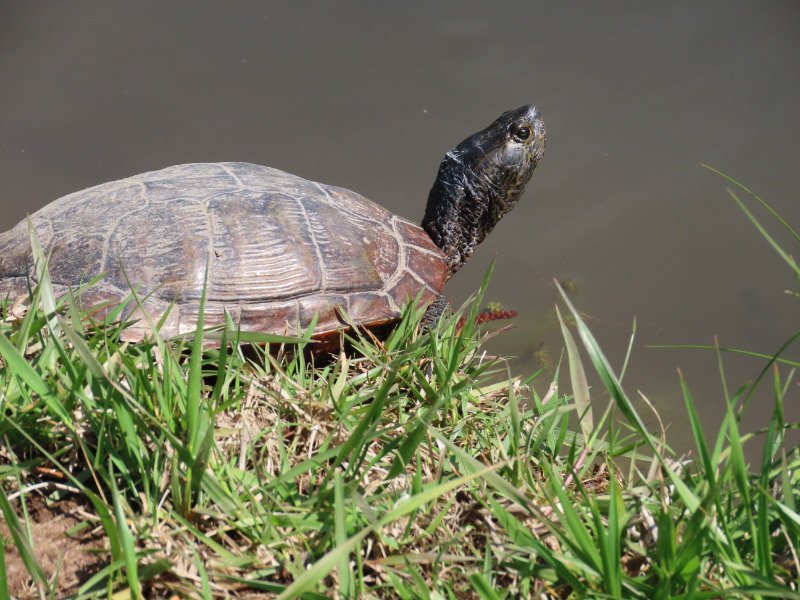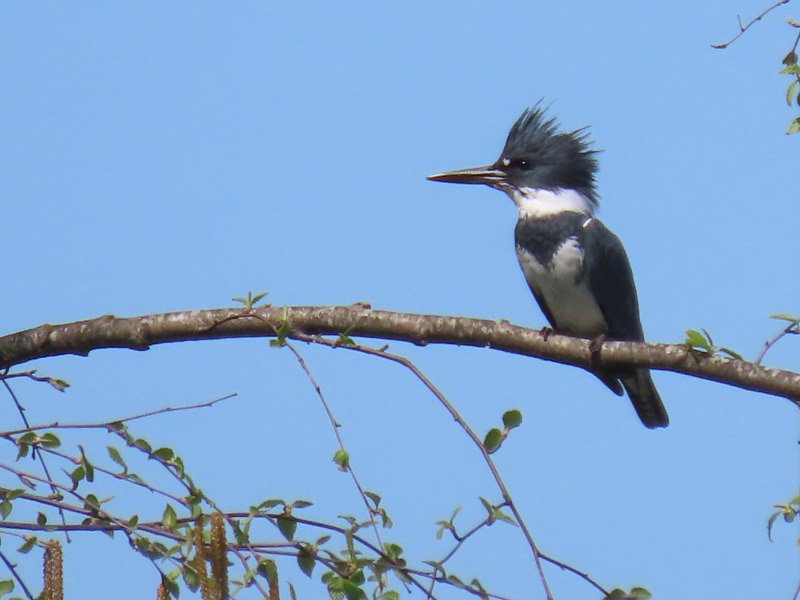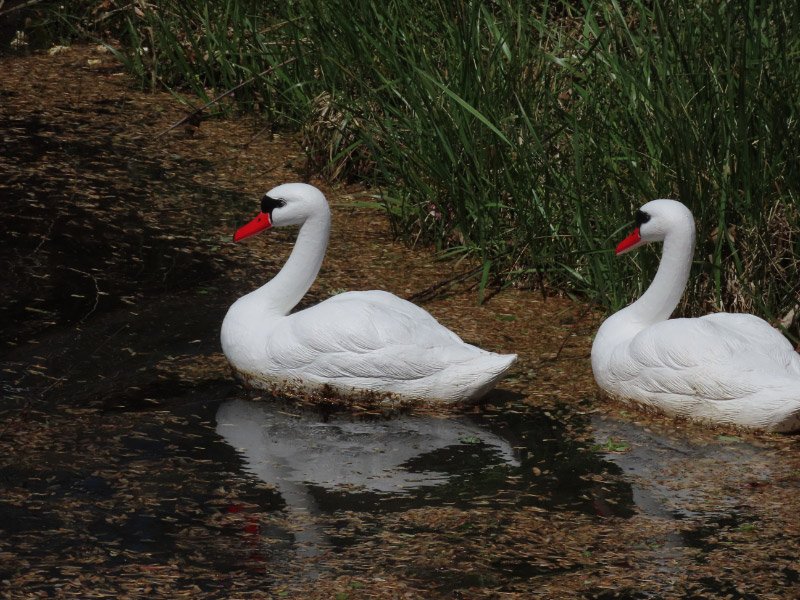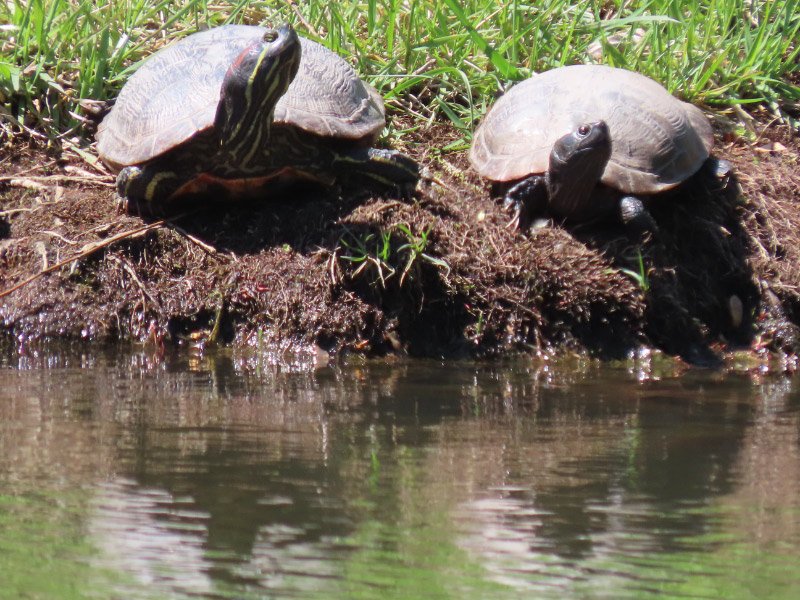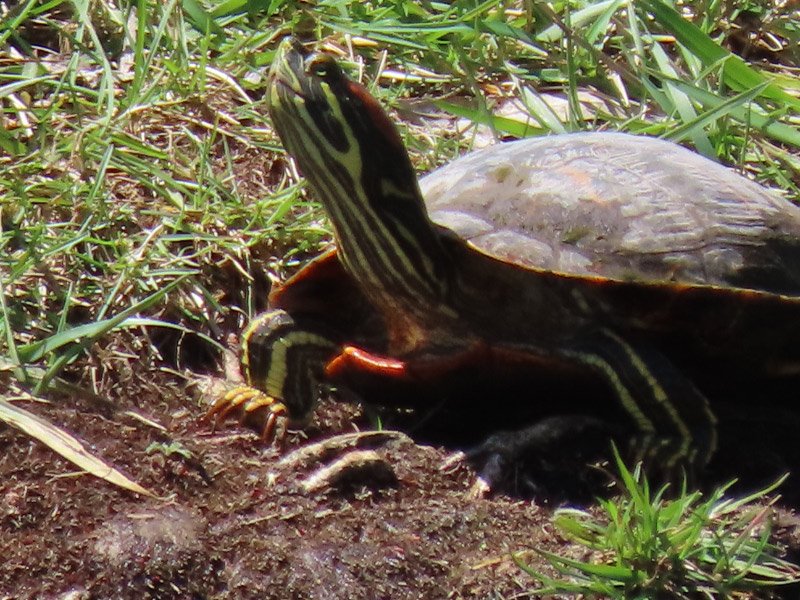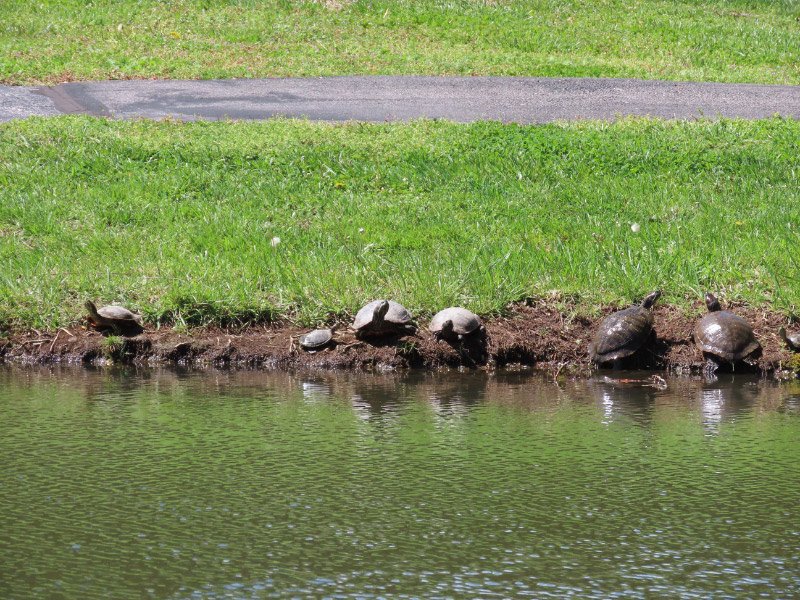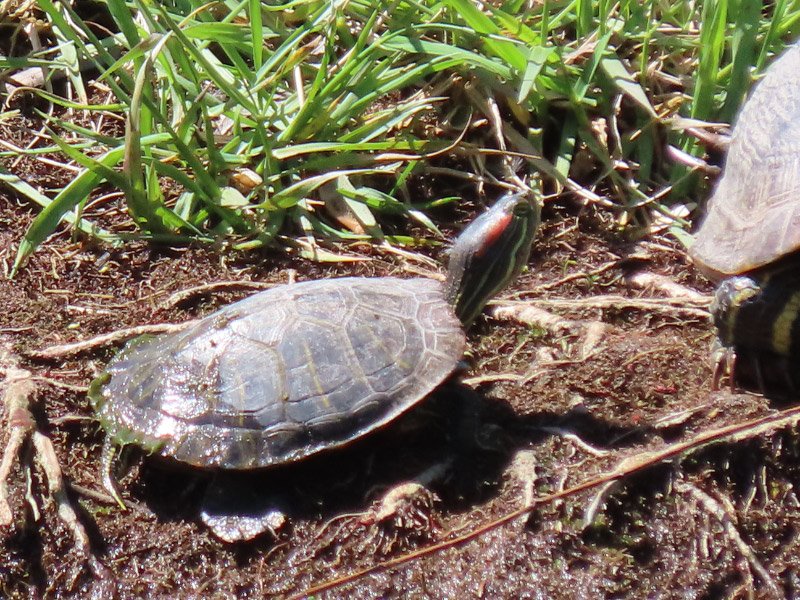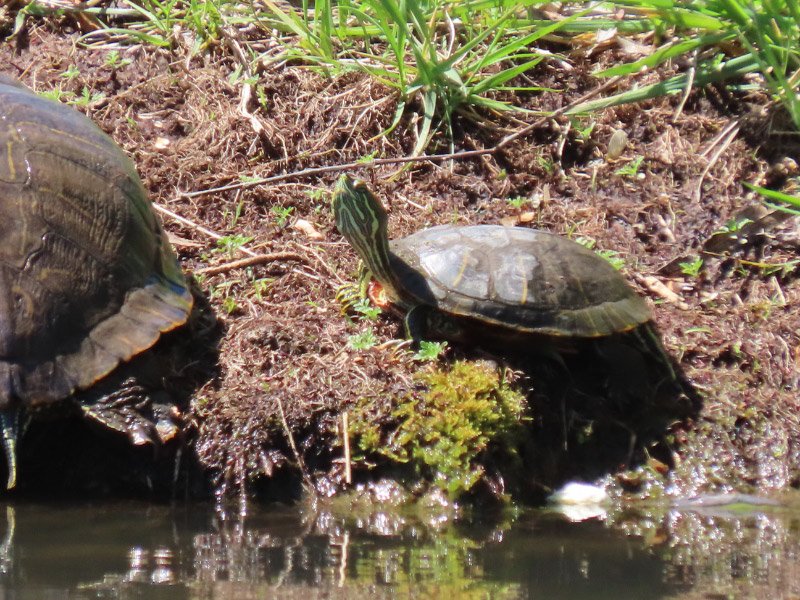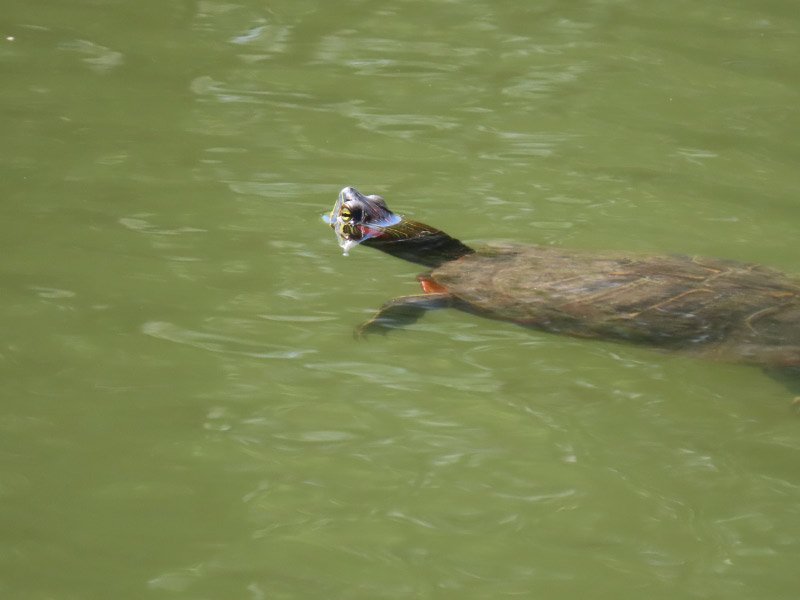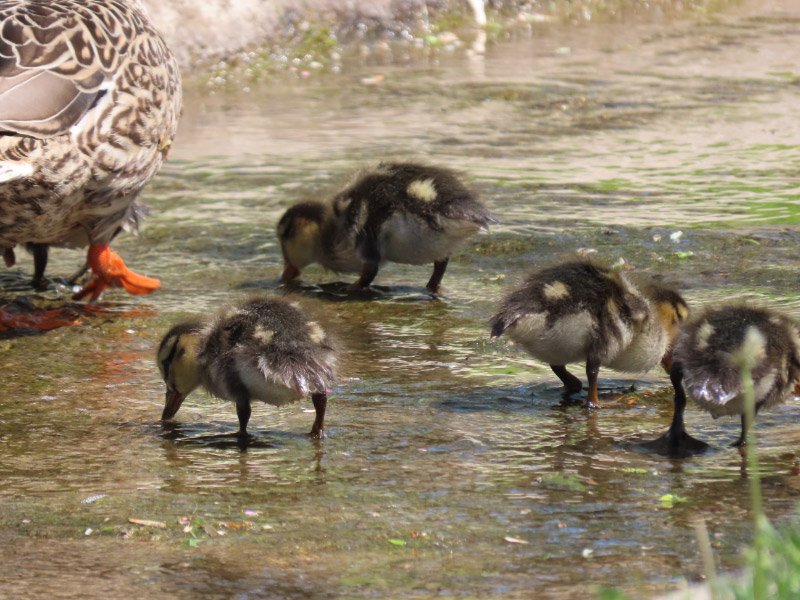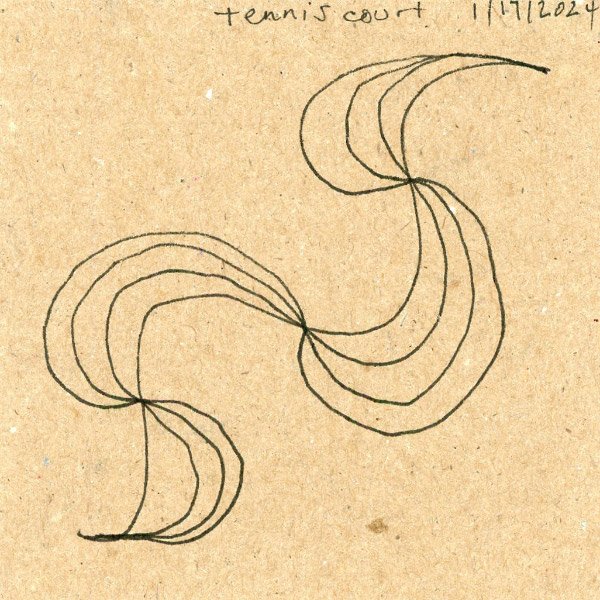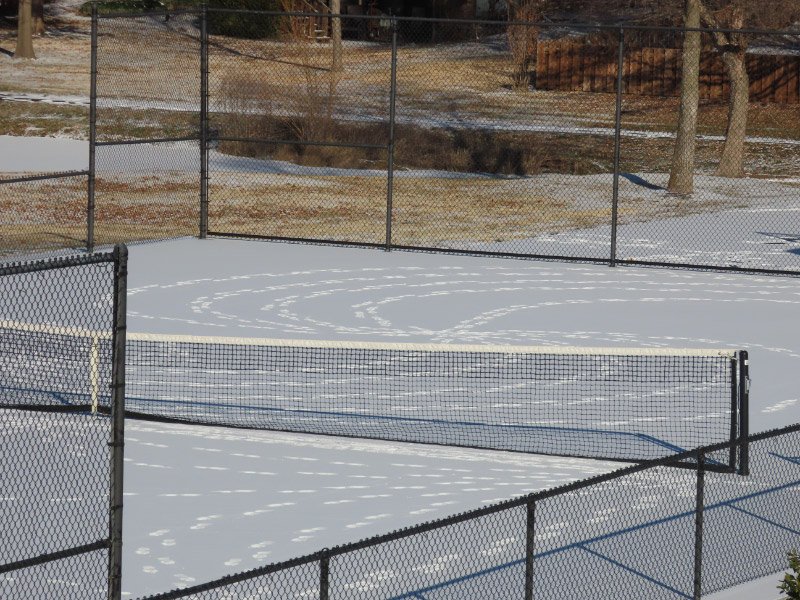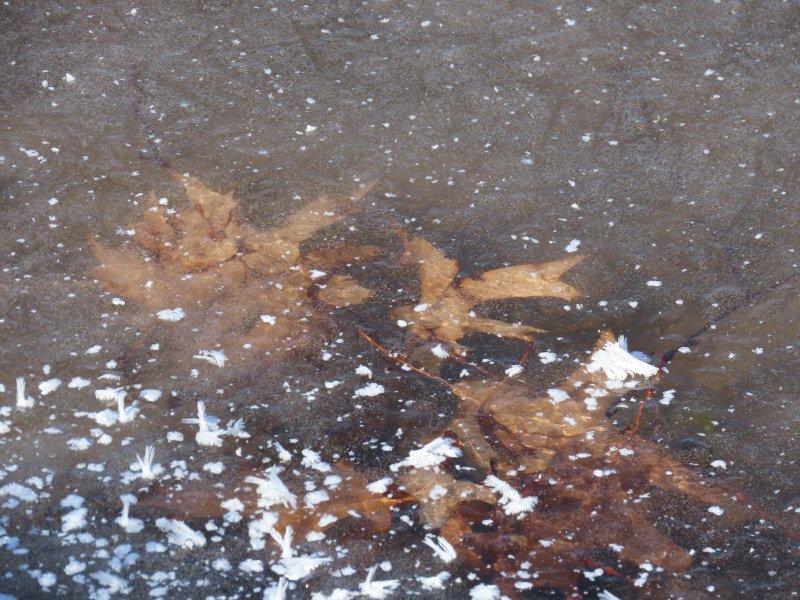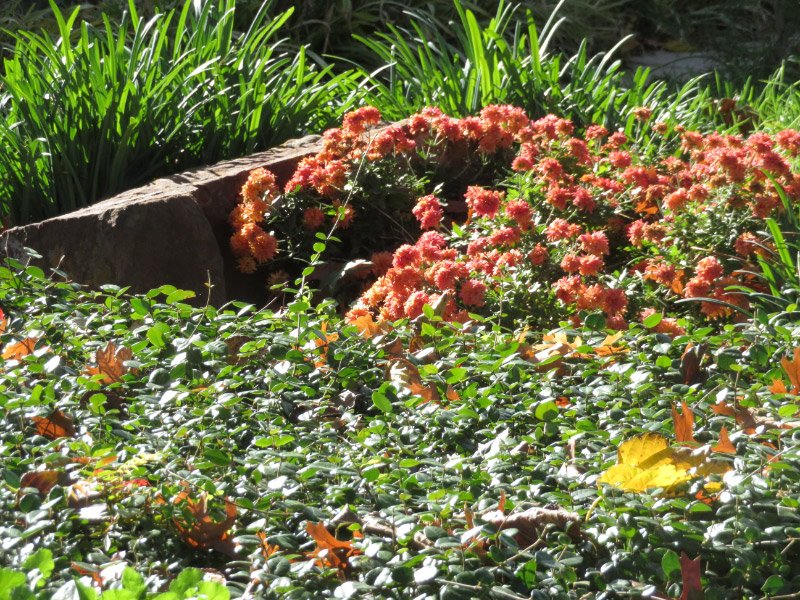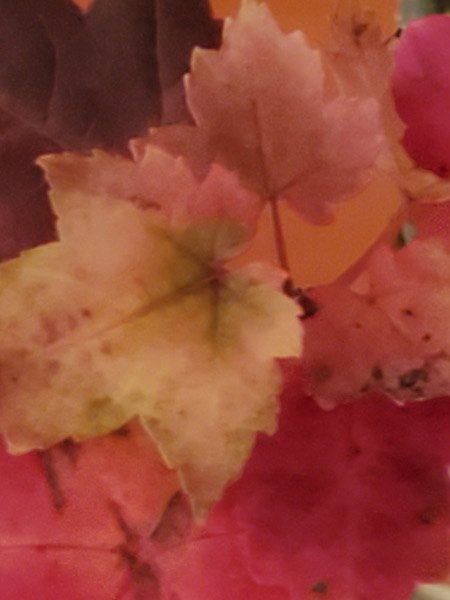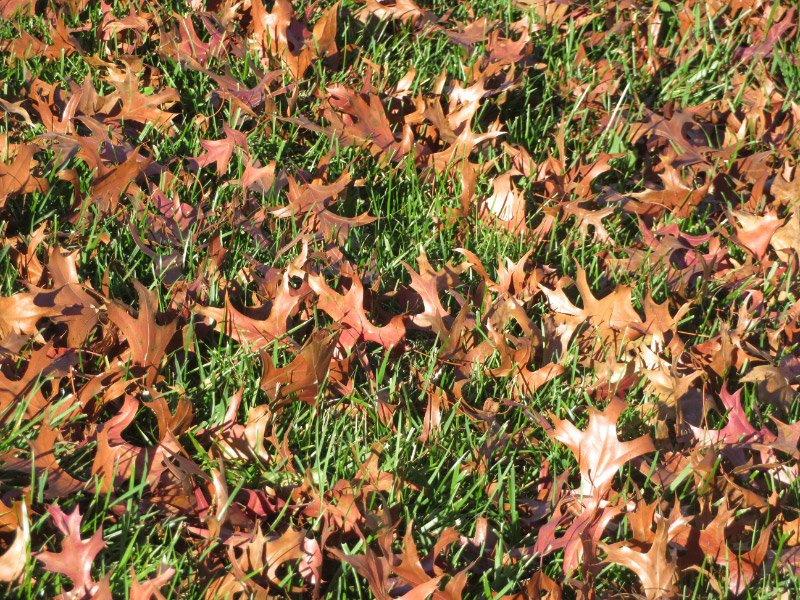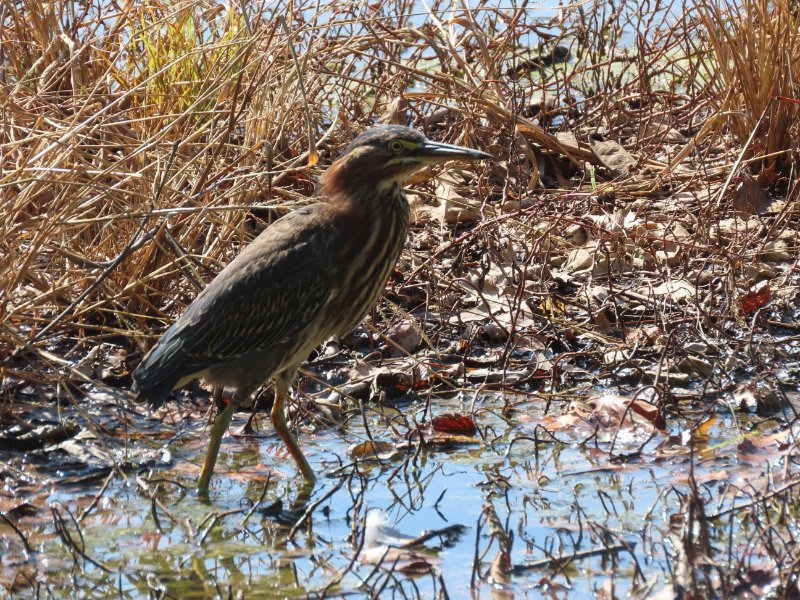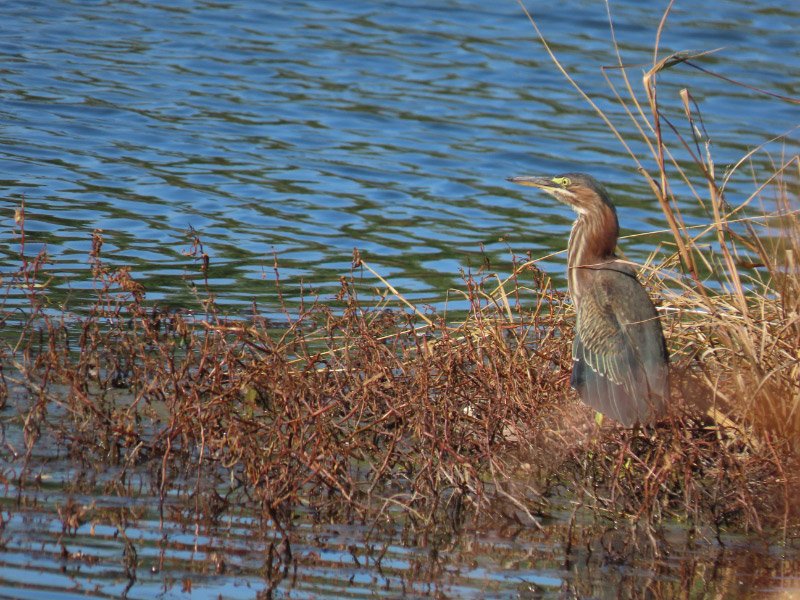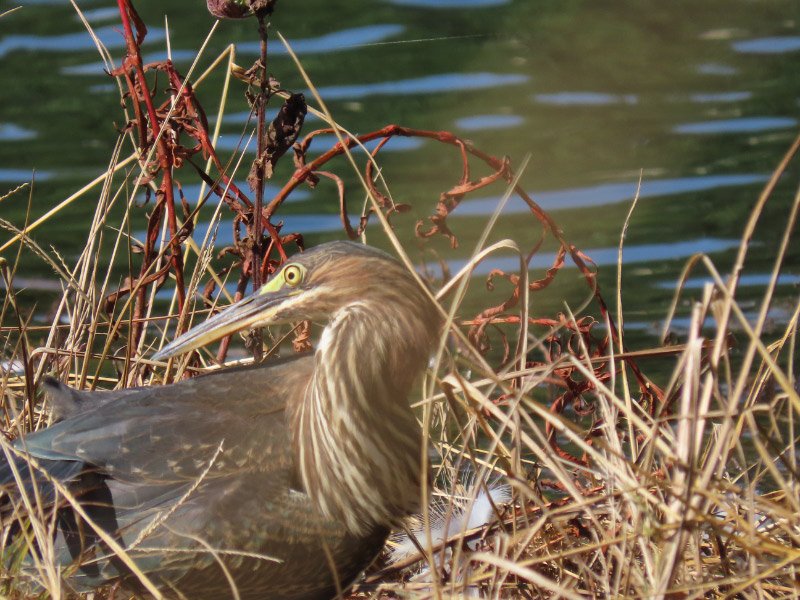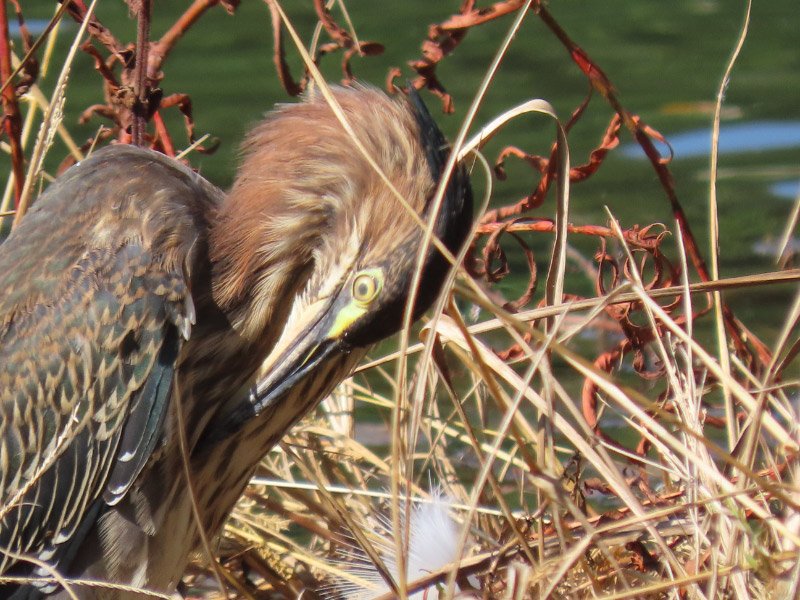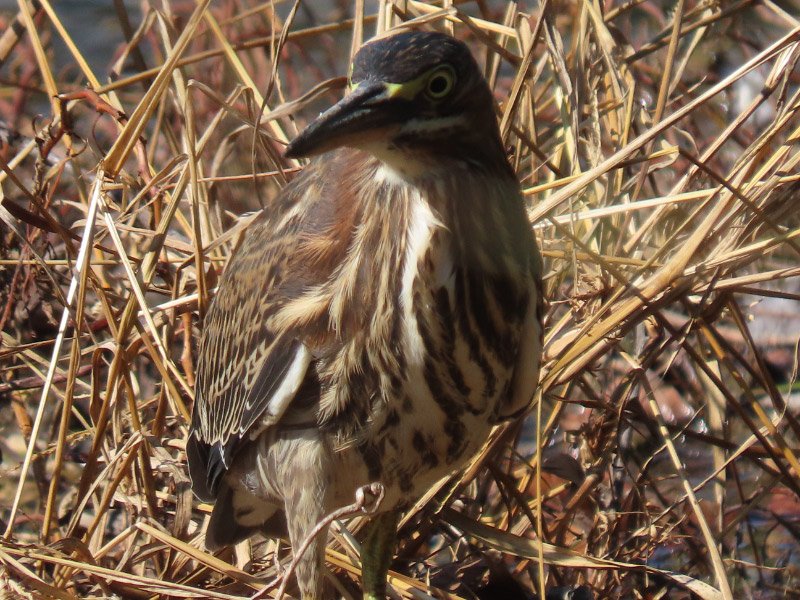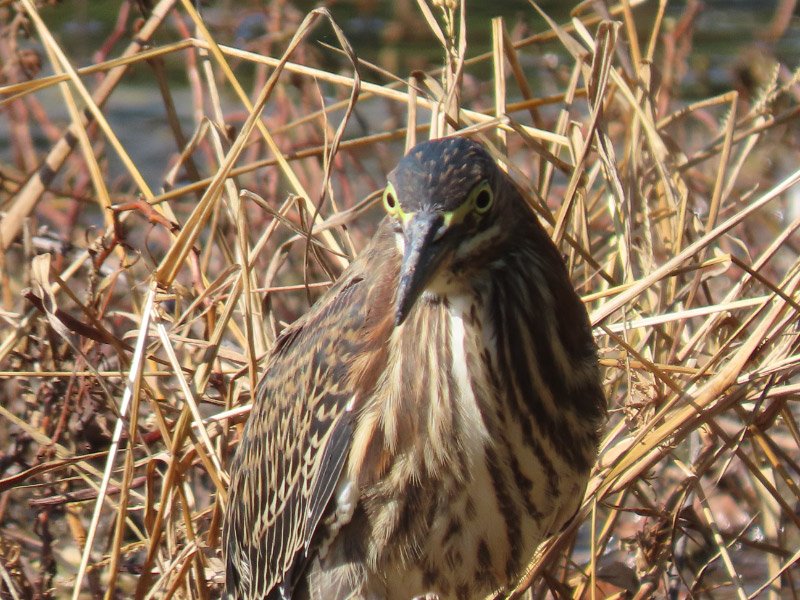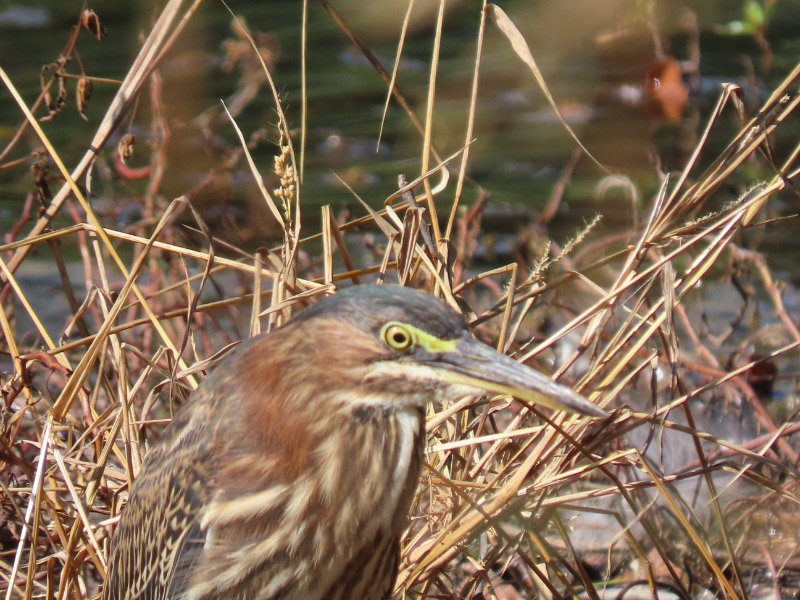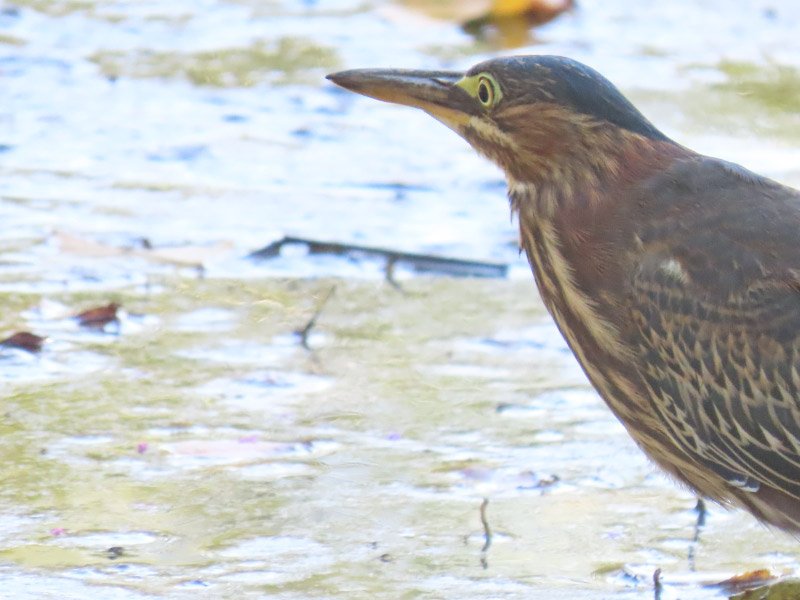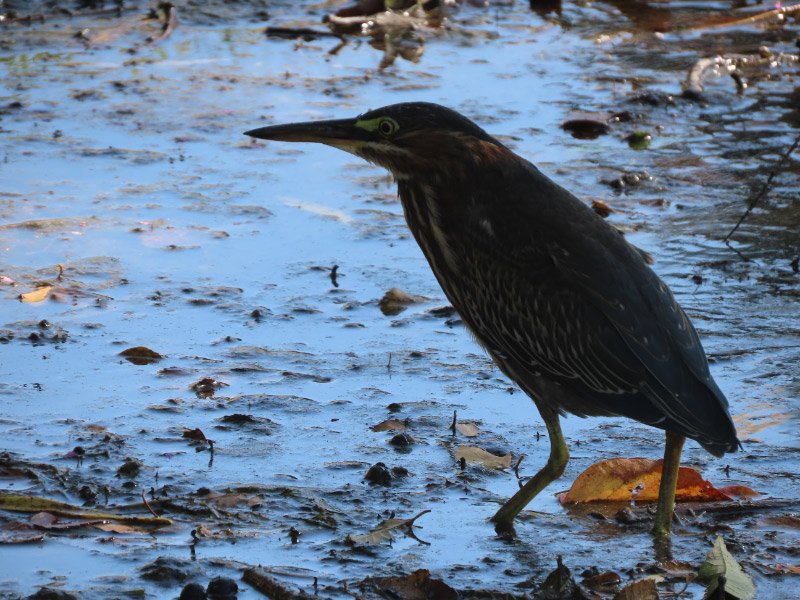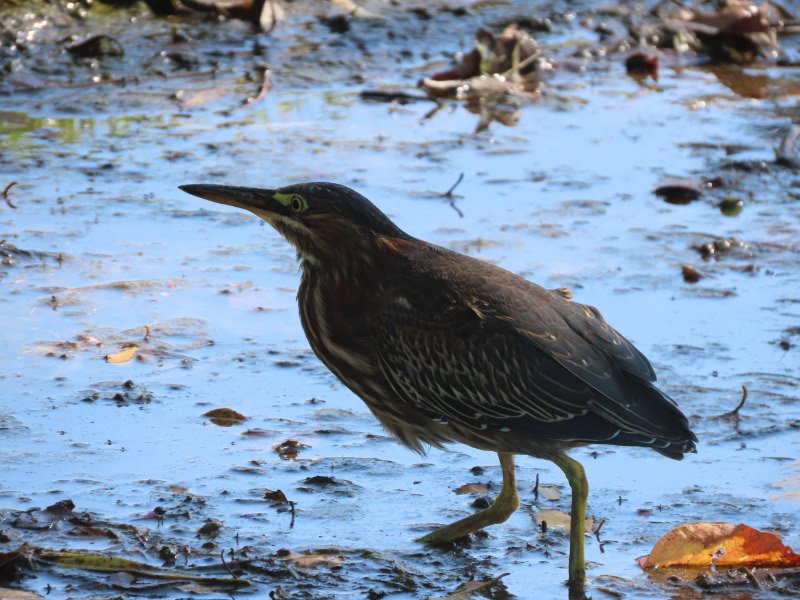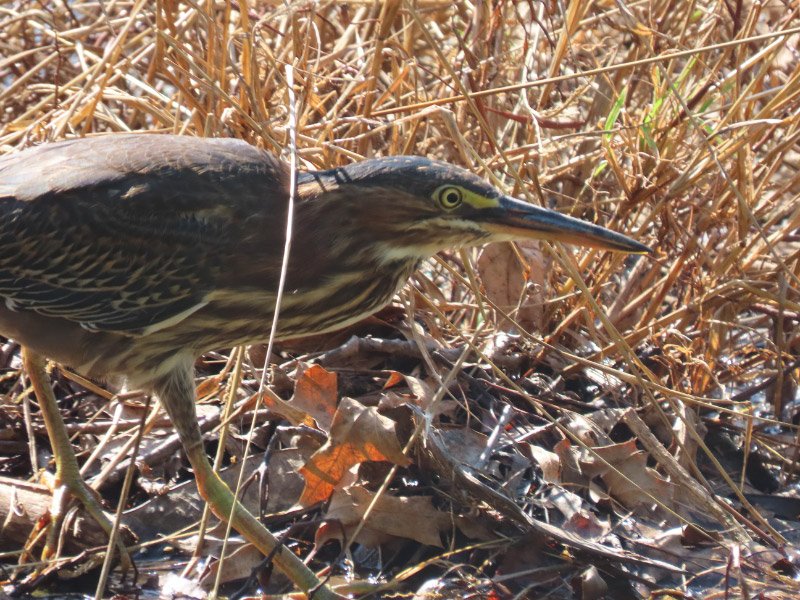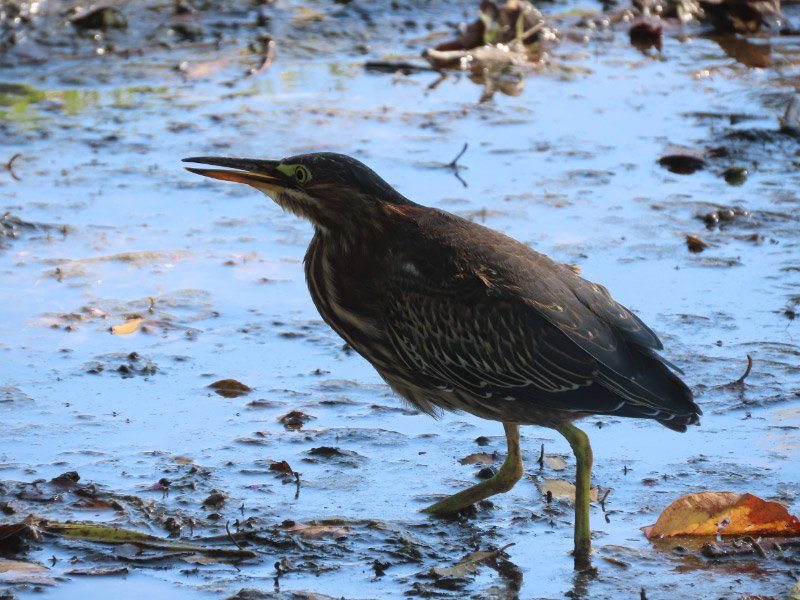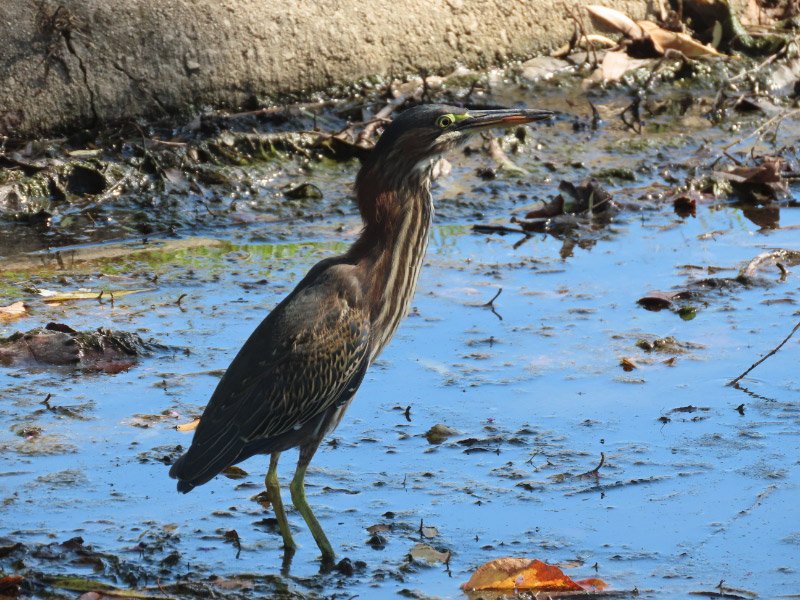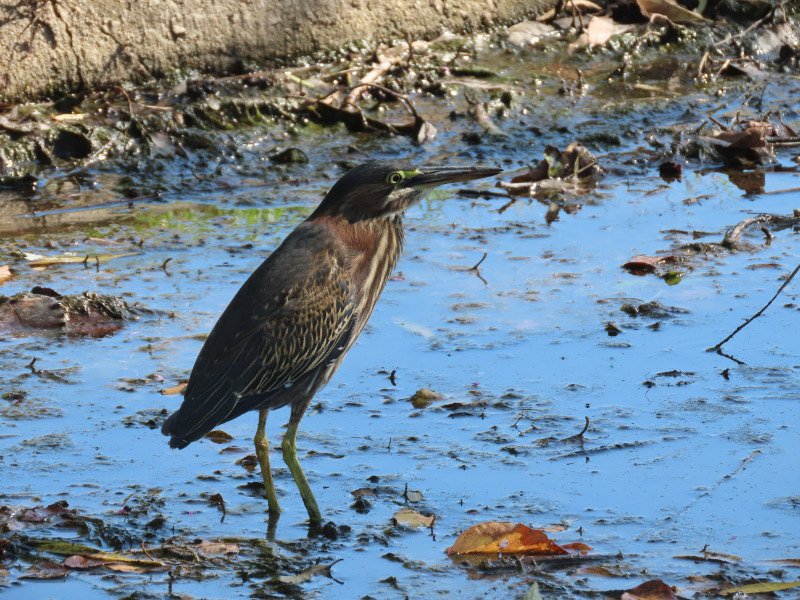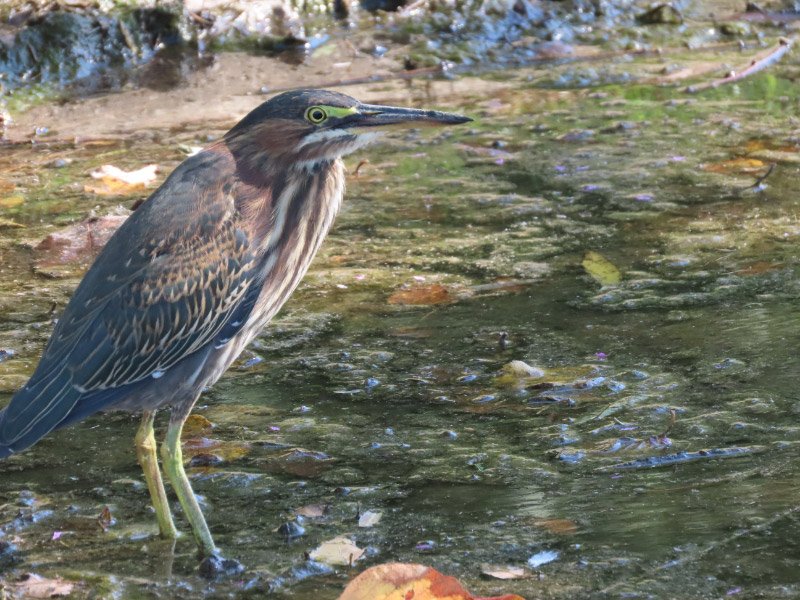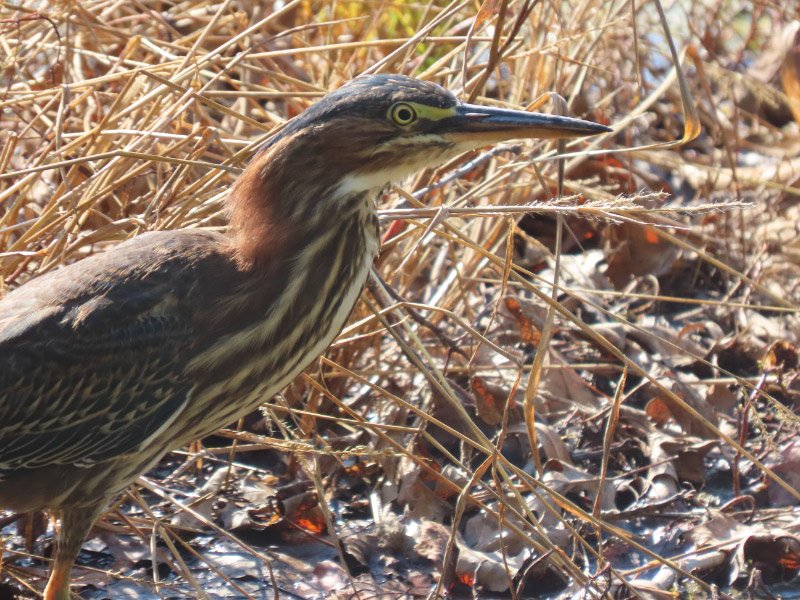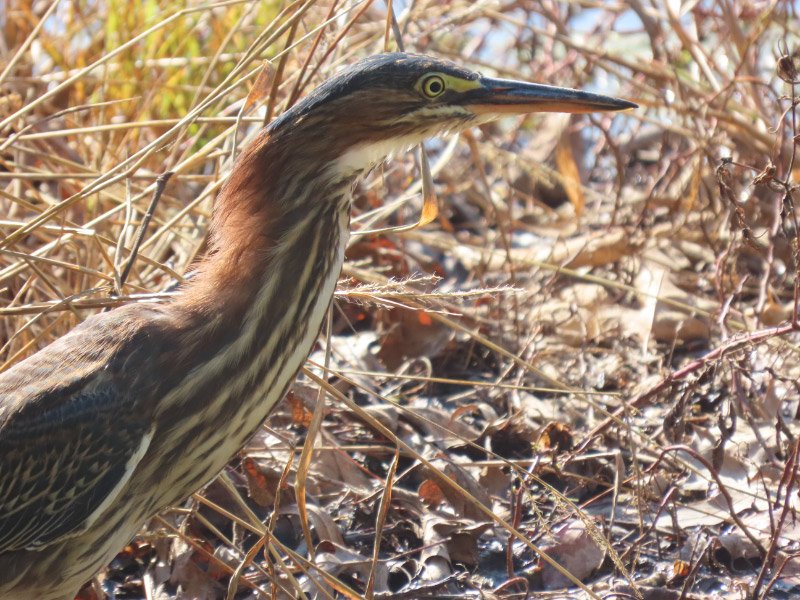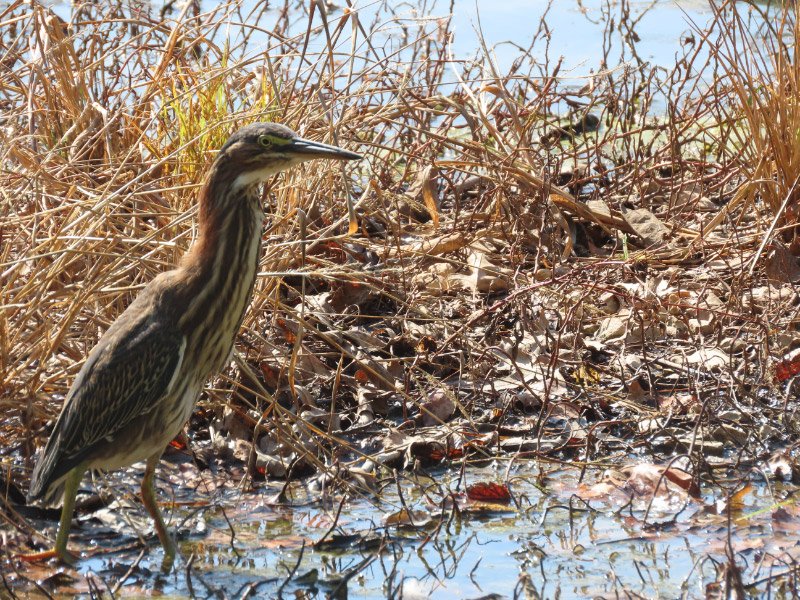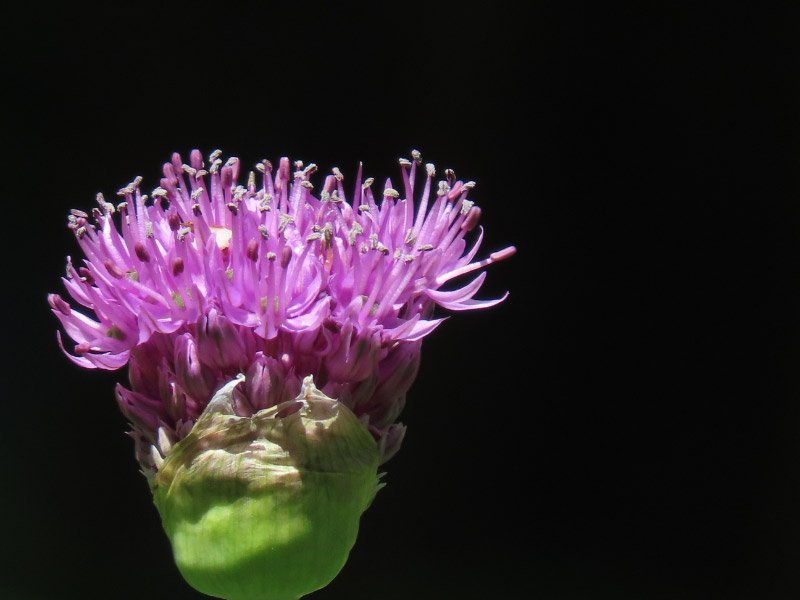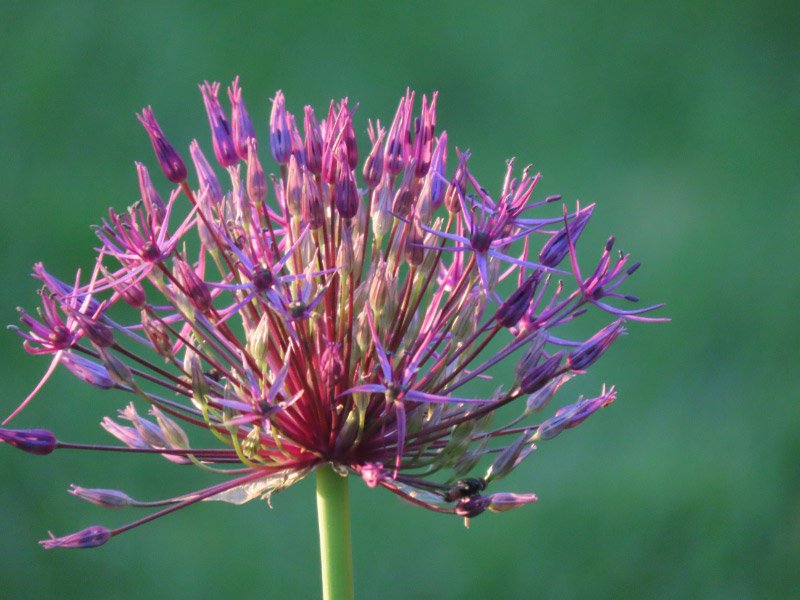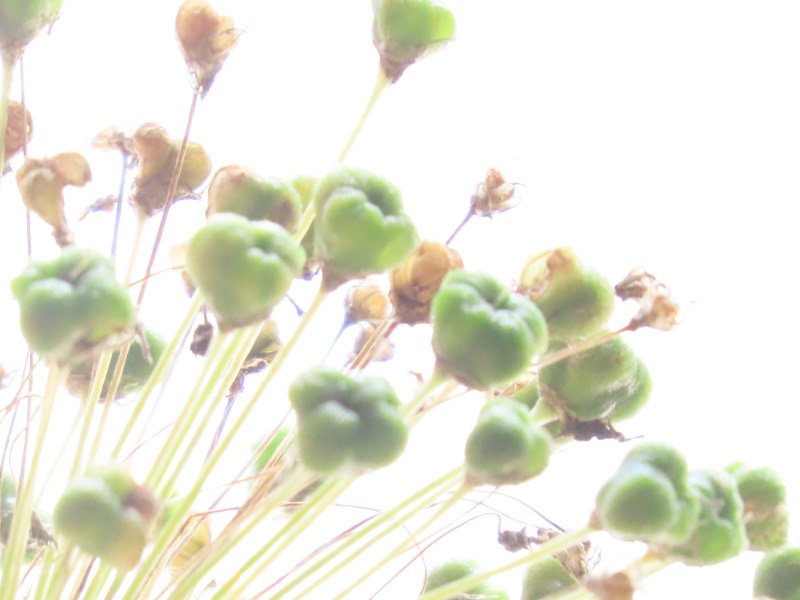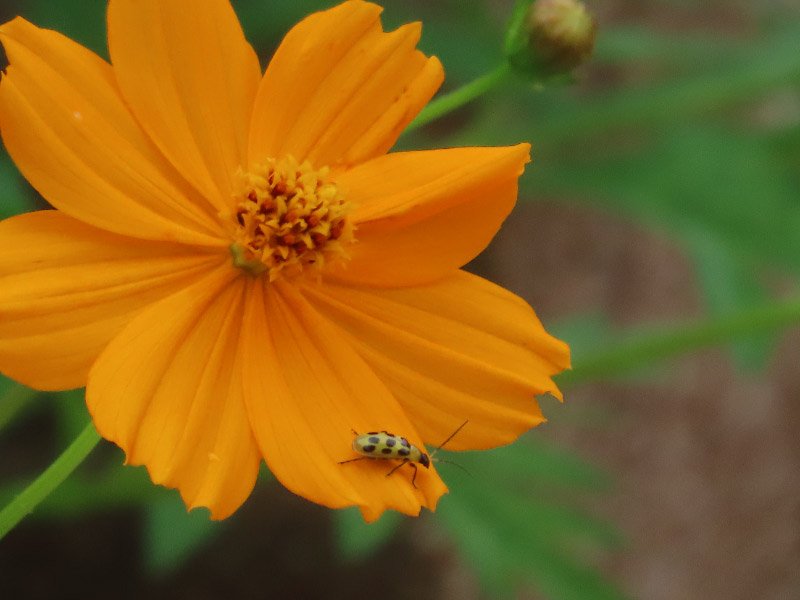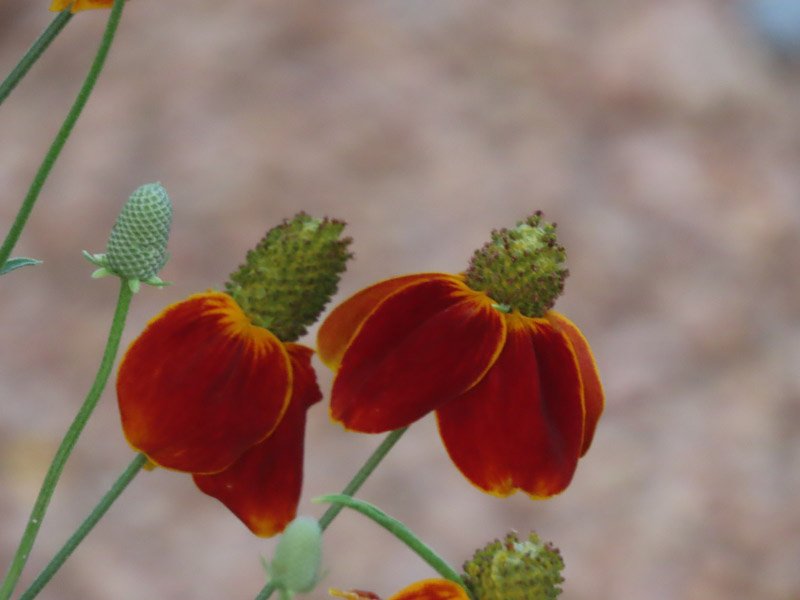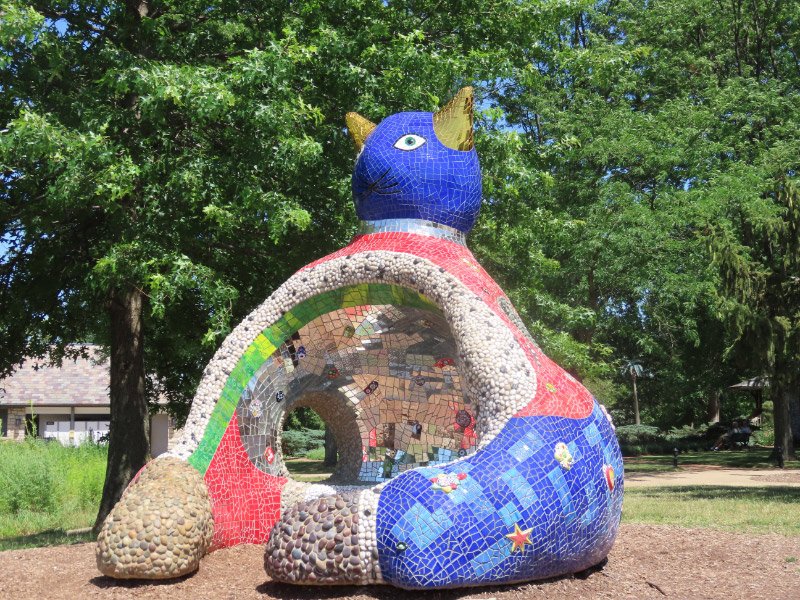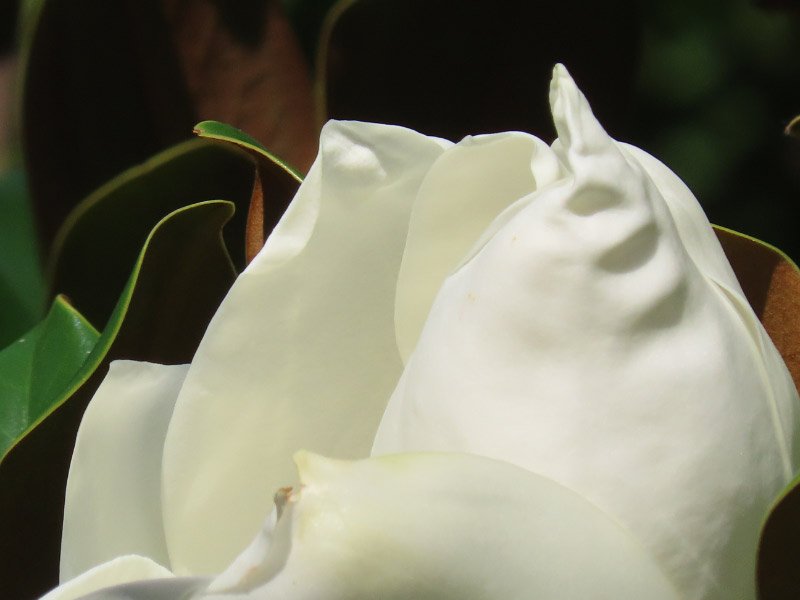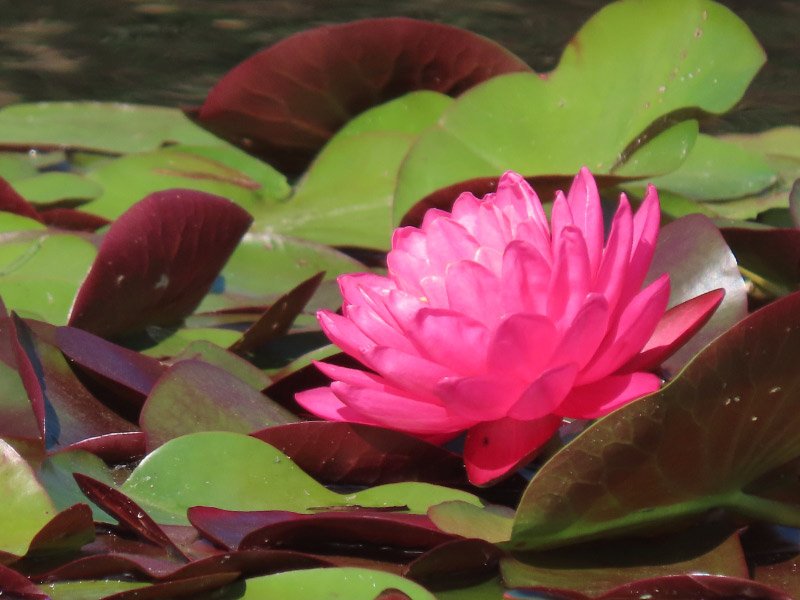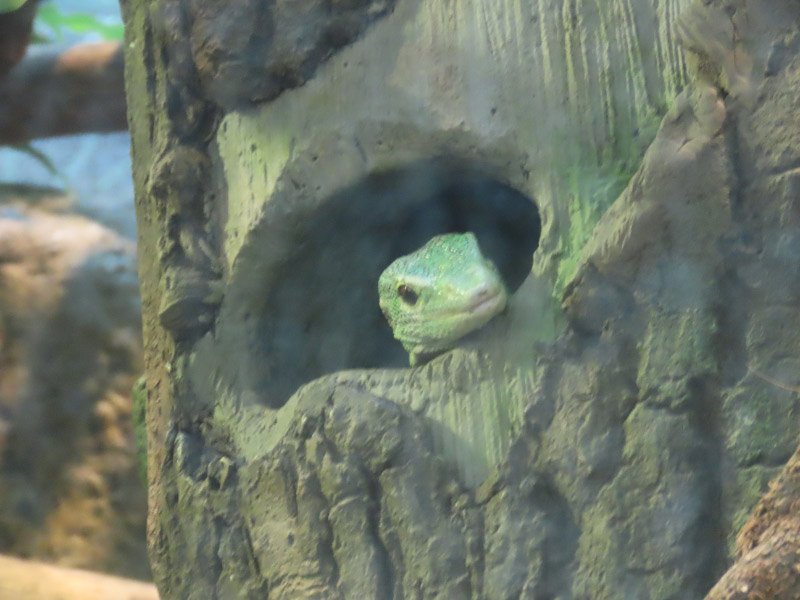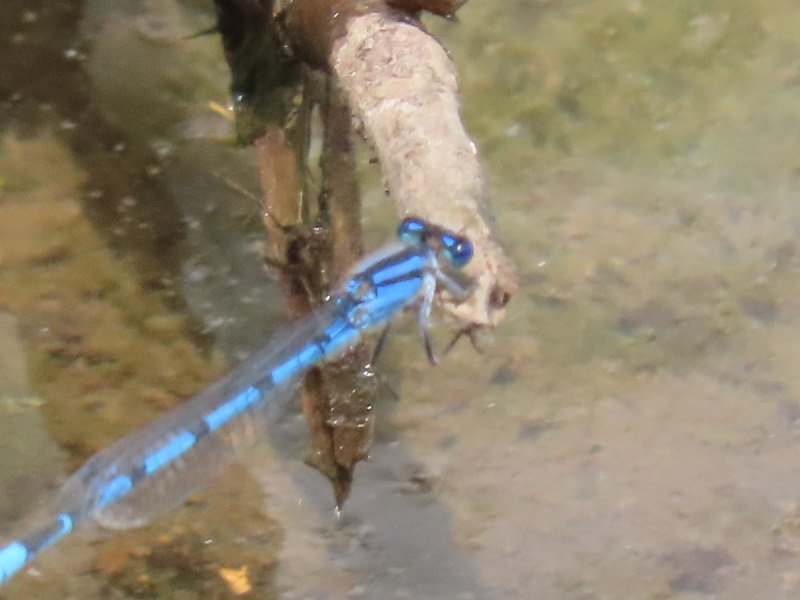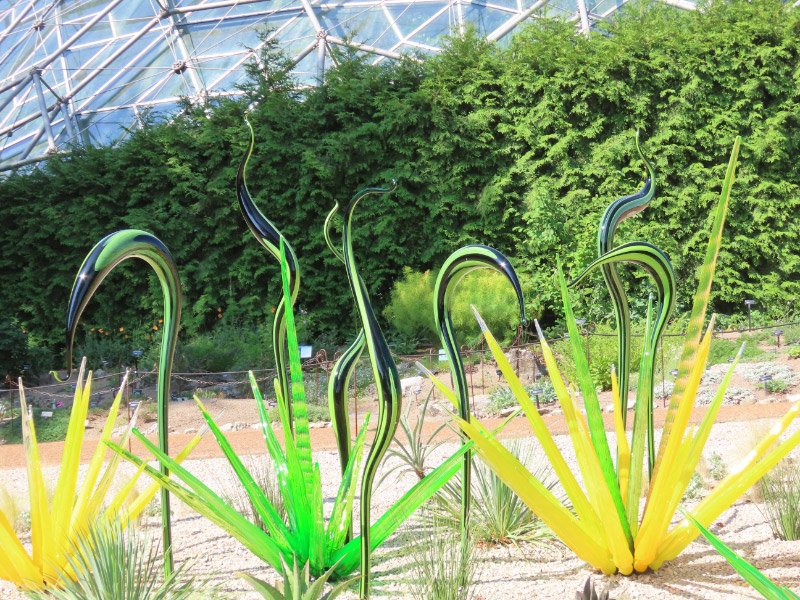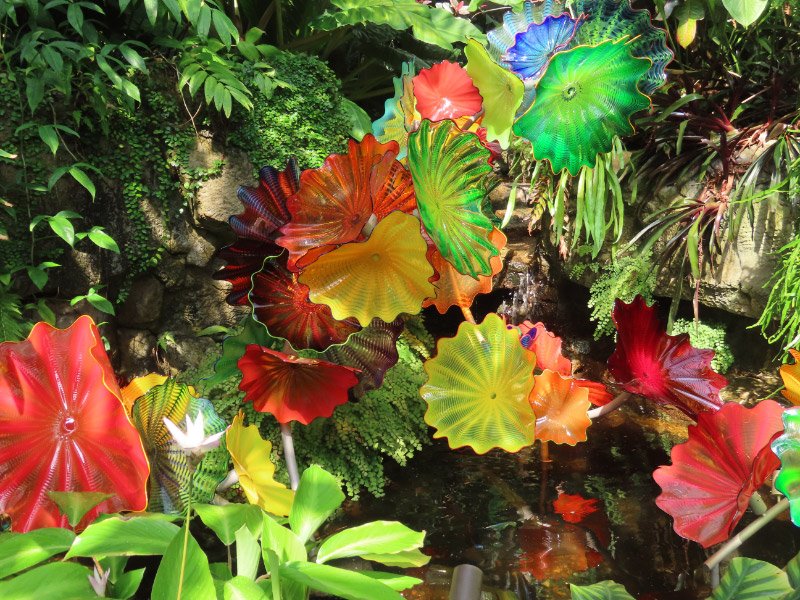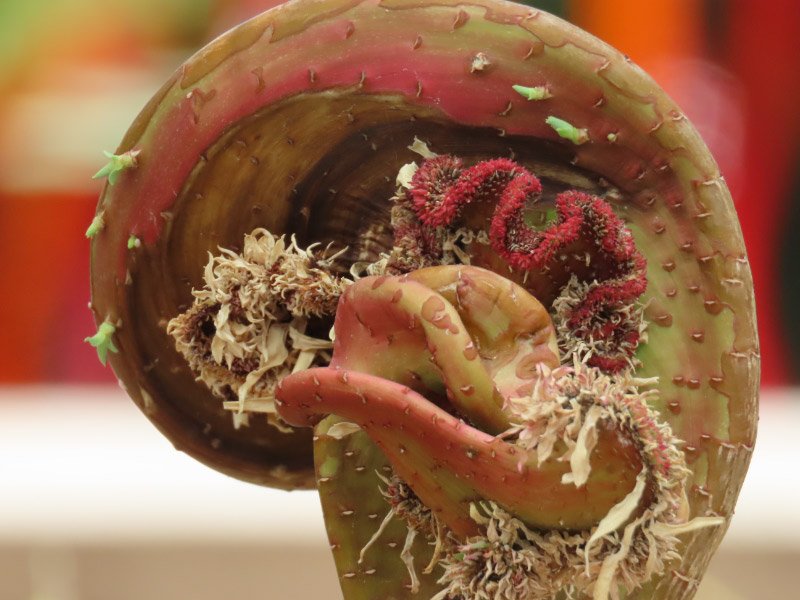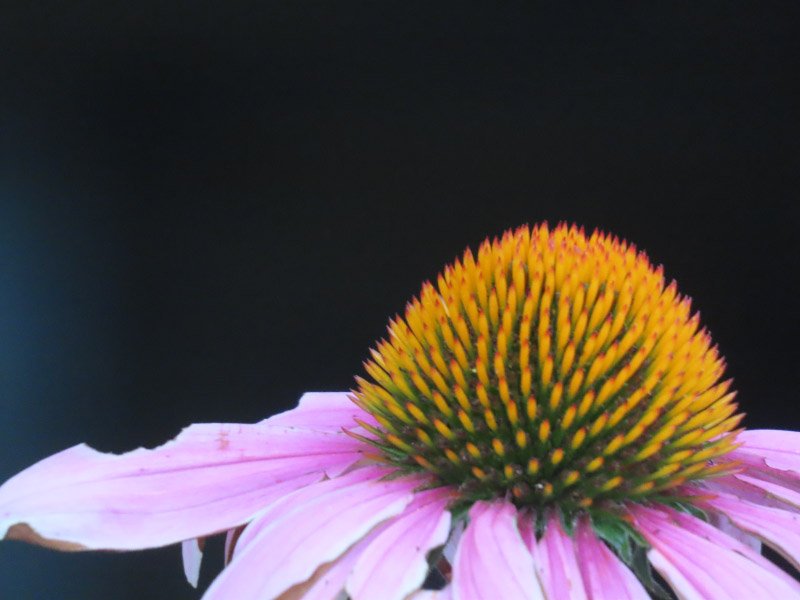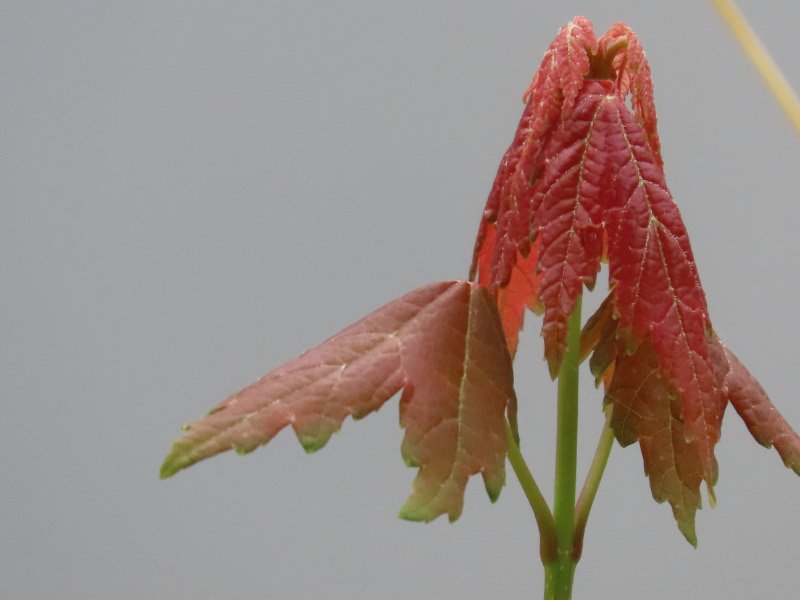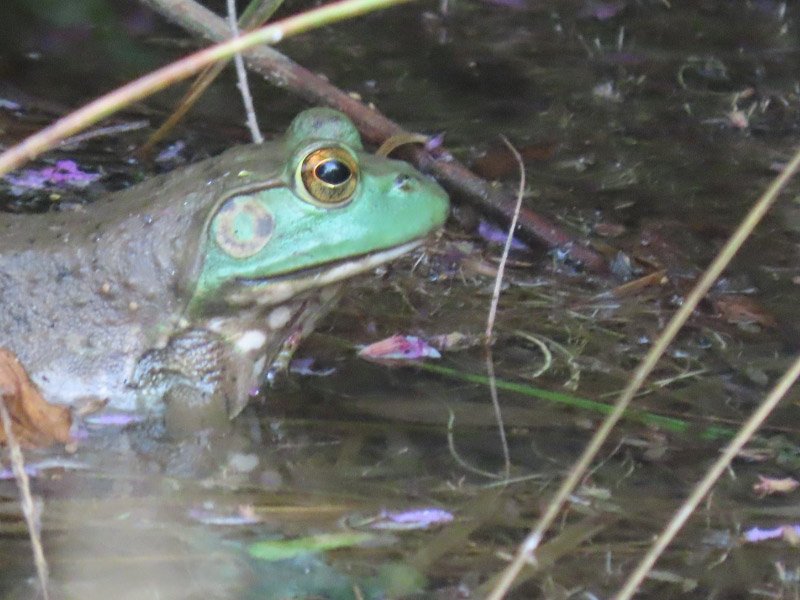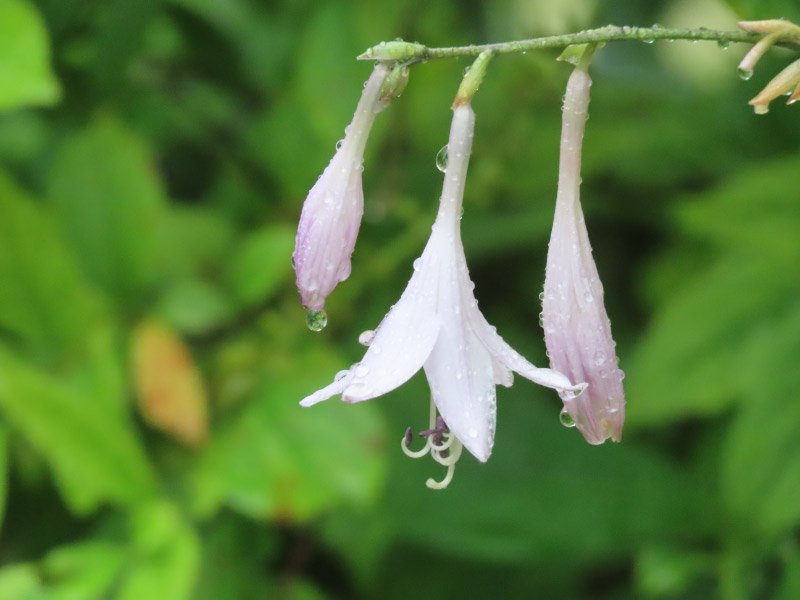The items below were ‘the cream’ of the articles and websites I found this past week. Click on the light green text to look at the article.
Just how big can a snowflake get? It depends on what you mean by 'snowflake' - A snow crystal with six-fold symmetry is the kind of snowflake you might cut out of folded paper with scissors. But the word "snowflake" also can refer to white puffballs that drift down from the sky, which are made of many individual snow crystals that have collided and gotten entangled.
Treating tuberculosis when antibiotics no longer work - Substances that have a dual effect against tuberculosis: They make the bacteria causing the disease less pathogenic for human immune cells and boost the activity of conventional antibiotics.
Planning a city that gets people moving – Lake Wales, Florida has a plan to create a built environment that promotes mobility through walking, cycling, e-biking, or other means of transportation beside automobiles. One way to do that is through proximity—to a park, multiuse pathway, protective bike lane, or walkable destination. Another is to ensure that the environment is pleasant for walking or using a bicycle.
The qualities that are more attractive than our looks - When it comes to finding the right match agreeableness accentuates the benefits of other parts of our personalities. It really could pay to be kind after all.
Archaeologists Uncover ‘Exceptional’ Ancient Mural Near Colosseum - Crafted of shells, a special volcanic stone called pozzolana, marble, colored glass, and Egyptian tiles found in the remains of a house from more than 2,000 years ago. Its intricate designs show weapons and instruments hanging alongside ships and tridents. Archaeologists think a wealthy Roman officer commissioned it after a military success. Whoever the owner was, he may not have stayed wealthy for long. Evidence suggests that his family fell out of favor when the Roman emperor Augustus came to power. The building and its contents were later buried and replaced with a grain store built directly on top of it.
A Lake Born out of an Earthquake – Earthquakes can fundamentally reshape the landscape, reroute rivers, and even form new lakes. Consider the northwest corner of Tennessee in the early 19th century. Between December 1811 and February 1812, three earthquakes with magnitudes greater than 7 occurred in the New Madrid seismic zone, which encompasses southeastern Missouri, northeastern Arkansas, and neighboring parts of Tennessee and Kentucky. The last of these quakes, on February 7, 1812, centered near New Madrid, Missouri, was especially notable: It temporarily rerouted the Mississippi River, permanently dammed the Reelfoot River, and directed water to fill in a low-lying area to form Reelfoot Lake. More than two centuries later, Reelfoot Lake remains a persistent feature on the Tennessee landscape. An image from Landsat 9 shows the area in late 2023. The area of lake and surrounding wetlands is a state park and national wildlife refuge.
Cats Prey on More Than 2,000 Different Species - Scientists have long known that free-ranging cats—those that spend unsupervised time outdoors—can affect biodiversity by hunting and eating insects, birds, reptiles and mammals. Researchers sifted through hundreds of previous studies, books and reports to put together a database of every animal cats have been recorded eating, as well as the location. In the end, their list featured 2,084 species, which includes 981 birds, 463 reptiles, 431 mammals, 119 insects and 57 amphibians, plus 33 additional species from other groups. Some of the creatures that made the list—including humans—are too large for cats to hunt but reflect their scavenging tendencies. Though the findings are useful, some scientists say they distract from a much larger threat to biodiversity: humans.
Autistic people experience loneliness far more acutely than neurotypical people -Small adjustments to lighting, acoustics, decor and wayfinding, among other sensory factors, can significantly reduce the burden on people with sensory processing differences and open up more social spaces to them.
Inhalable sensors could enable early lung cancer detection - The new diagnostic is based on nanosensors that can be delivered by an inhaler or a nebulizer. If the sensors encounter cancer-linked proteins in the lungs, they produce a signal that accumulates in the urine, where it can be detected with a simple paper test strip. It could replace expensive CT scans for lung cancer (and be more accurate…not as many false-positives).
This Photographer Captured One Image of Cambridge (England) Every Day for 13 Years - After 5,000 photos, Martin Bond has decided to conclude his project, which showcased the city’s mundane and extraordinary moments. “The best thing about street photography ... is that it is possible for the final viewer of a picture to see more than the original photographer—proof, if any were needed, that there is more going on in any moment than a single person can understand.”

































